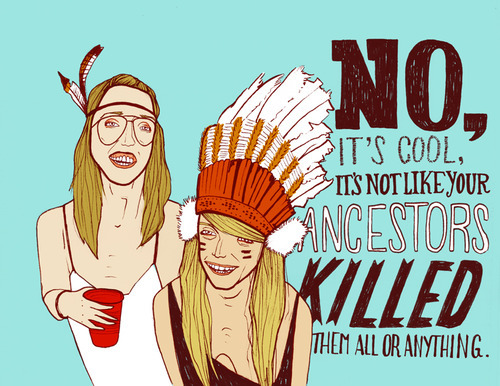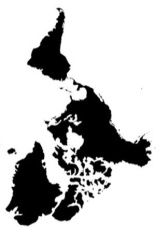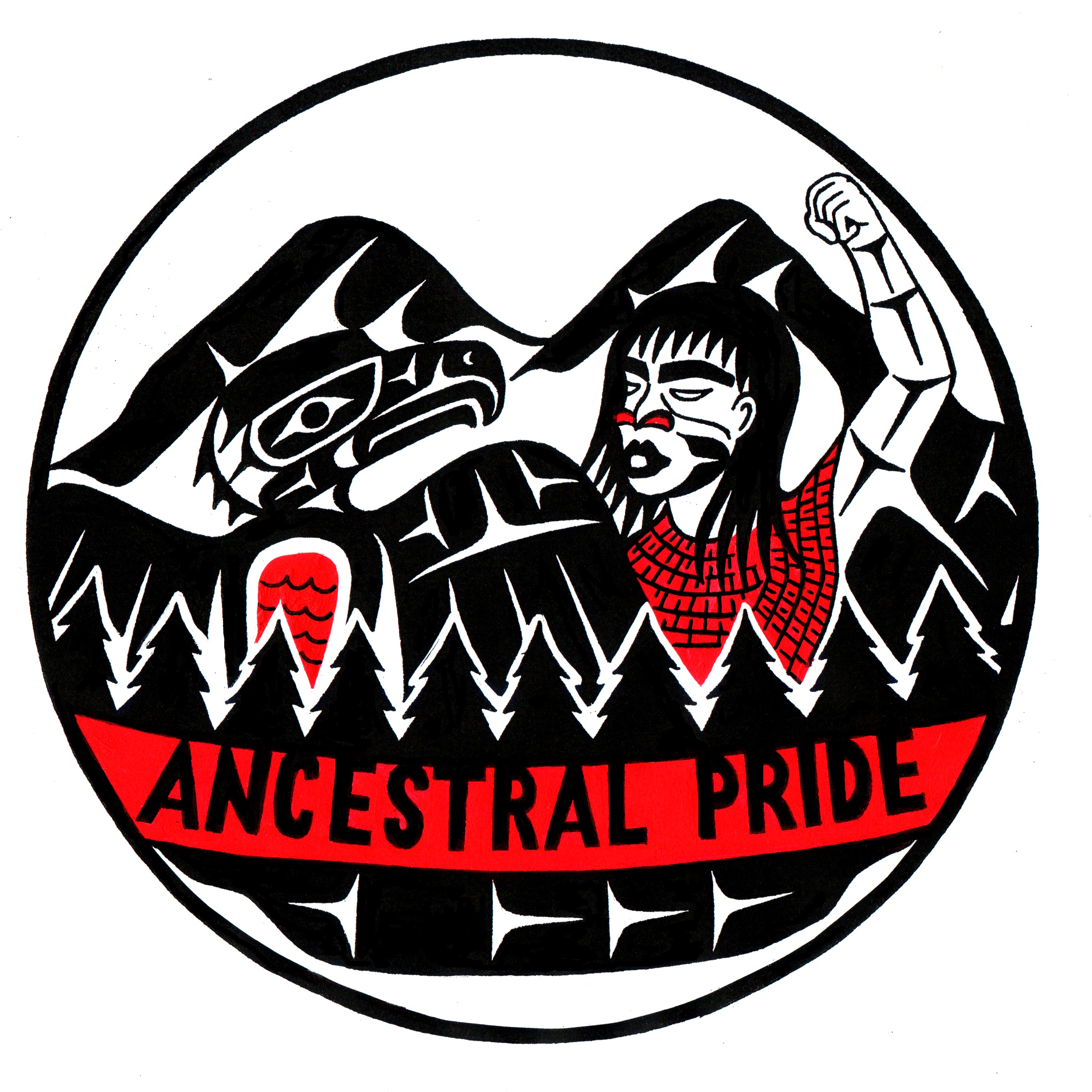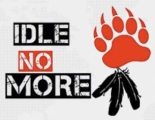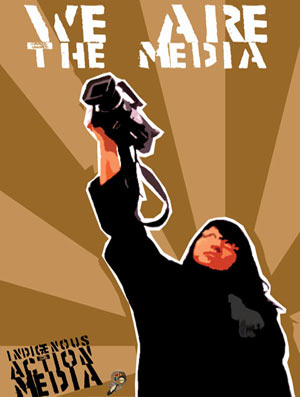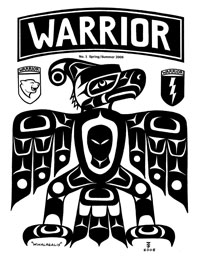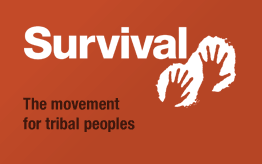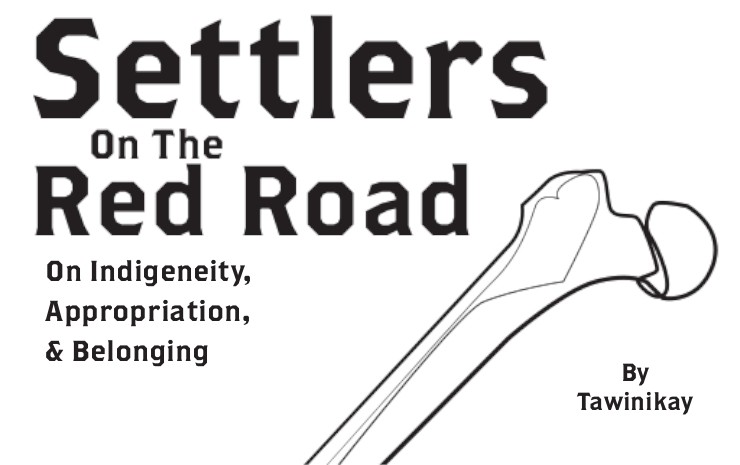
The start of a discussion around indigeneity and identity within the anarchist movement.
PDF for READING
PDF for PRINTING
By Tawinikay
This zine is not going to be comfortable for some people to read. It is likely to personally challenge a few of you out there who may yourself be dipping a toe in the pond of indigeneity, trying it out to see how it feels. This zine is not going to beat around the bush, because the bush has been thoroughly beaten around.
This is the start of a larger discussion on indigeneity, belonging, and responsibility in our anarchist community. But there is something here for everyone, even if you don’t call yourself an anarchist. At the time of it’s writing, it is already long overdue. In the past two years in southern Ontario, there have been multiple incidents of settlers claiming indigeneity within our intersecting anarchist circles, incidents which caused great harm to relationship and undermined solidarity with Indigenous communities. In Quebec, the rise of the “Eastern Métis” threatens to bleed over into radical spaces. In this era of state-sponsored reconciliation, the line between settlers and Indians is being purposefully blurred by Canada in an attempt to gently complete the assimilation initiated long ago and, try as anarchists might to keep ourselves separate, the dominant culture has a way of creeping in.
This is not a defense of identity. In fact, it will be a critique of identity in many ways, particularly of the way we drape identities over ourselves to give us a purpose for fighting injustice. A rail against the culture of identity that breaks people into hard categories and fuels each of our dark indulgent desires to join the ranks of the oppressed instead of being satisfied to fight for the dignity of all living things from wherever we happen to stand. But it will also be a critique of individuals and their choices, and it will urge each one of you to think not only about your potential complicity in trying on indigeneity but in allowing your friends and comrades to do so as well.








